Illustration & Sex Ed: An Interview with Phoebe Holden
Phoebe Holden (she/they) is a freelance illustrator based in Cheshire, UK.
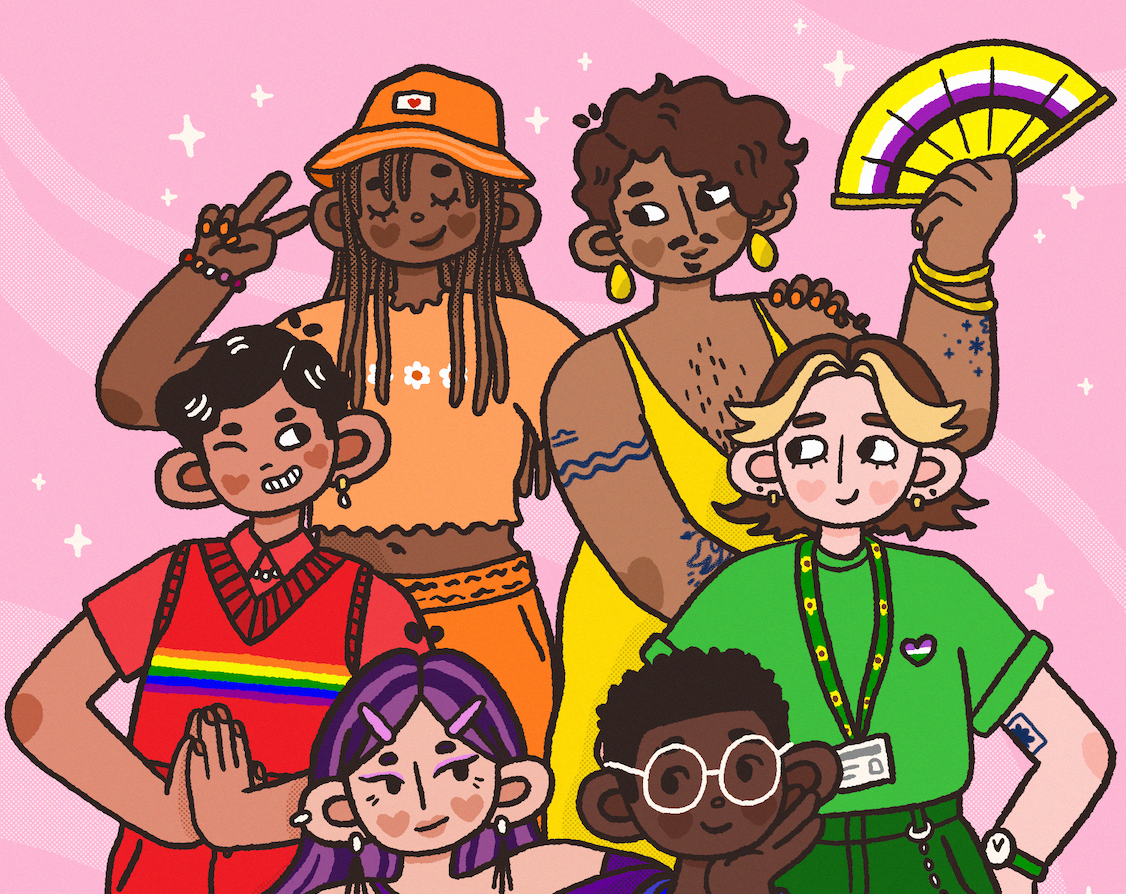
In between working on pet portraits and projects, they’re an avid sex-ed advocate who enjoys combining their creativity and love for learning into making online resources and illustrations.
These resources culminate into ‘Everybody’s Invited’, a space dedicated to the comprehensive, inclusive and positive learning of RSHE (Relationships and Sexual Health Education) with a particular focus on taboo and niche topics that schools often ‘leave out’.
Last year Phoebe was invited by BREW to share their insights on Sex Ed in a friendly and informal online meet-up. The following interview expands further on some of the topics explored that night.
What drew you to sex education?
I realised during my university studies that I loved working on educational illustrations and health-orientated projects. I worked on a project about childhood leukaemia and it was quite a cathartic experience, as I got to use my personal history with the disease to create something that would hopefully educate and comfort patients and their families. I got a lot of satisfaction and sense of worth from working on something that would help people and this ,realisation curbed the thoughts of doubt I had about my creative practice. We as artists often hear many negative statements about how studying for a creative degree isn’t useful, but with these educational projects I could see the positive impact of the art I was making. That in turn, I think helped me gain more confidence in my work.
So when it came to my FMP (Final Major Project) for university, I knew I wanted to work on something educational and health based again and sex education felt like the perfect topic. My own secondary school sex education had always felt lacking and the grievances I had with it, I found, were echoed by friends, peers and according to research surveys, most of the general public. I saw this project as a great opportunity to use my illustration skills in an educational format again and also educate myself along the way.
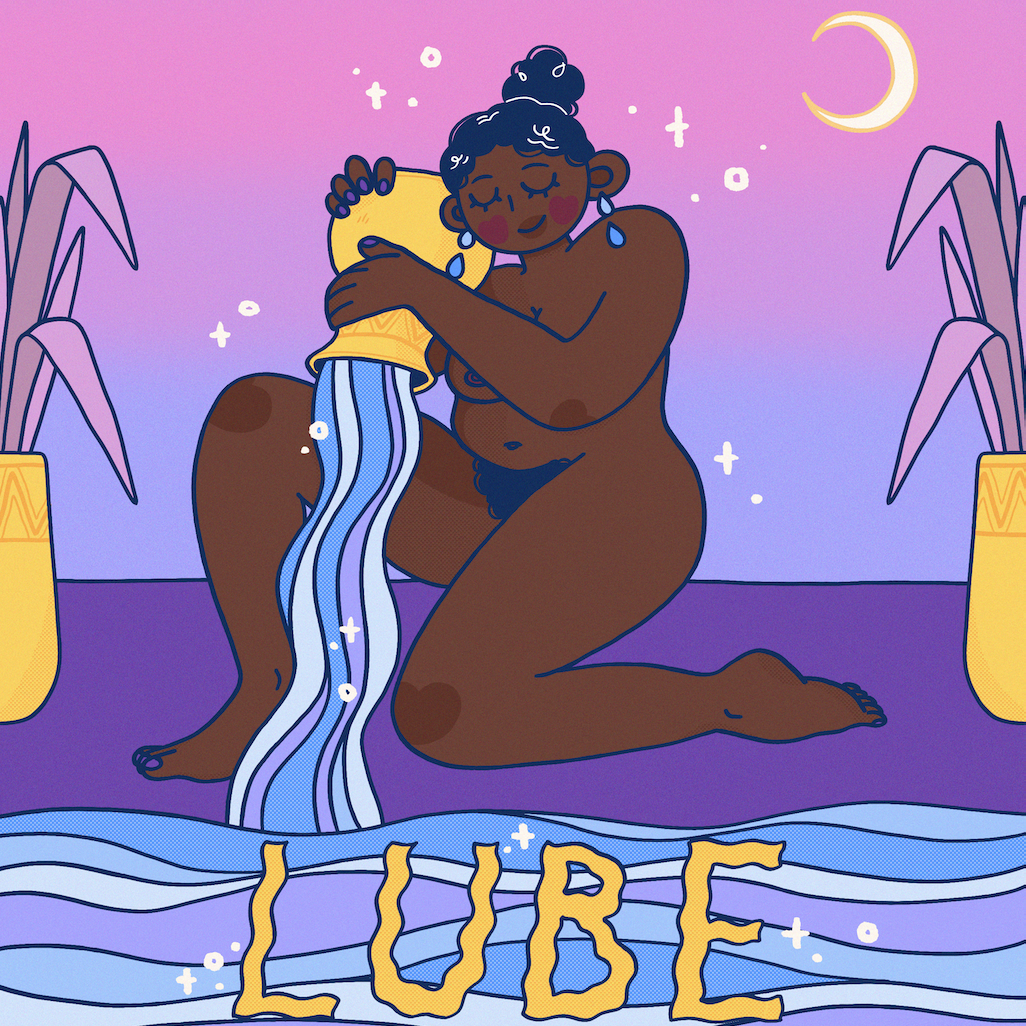
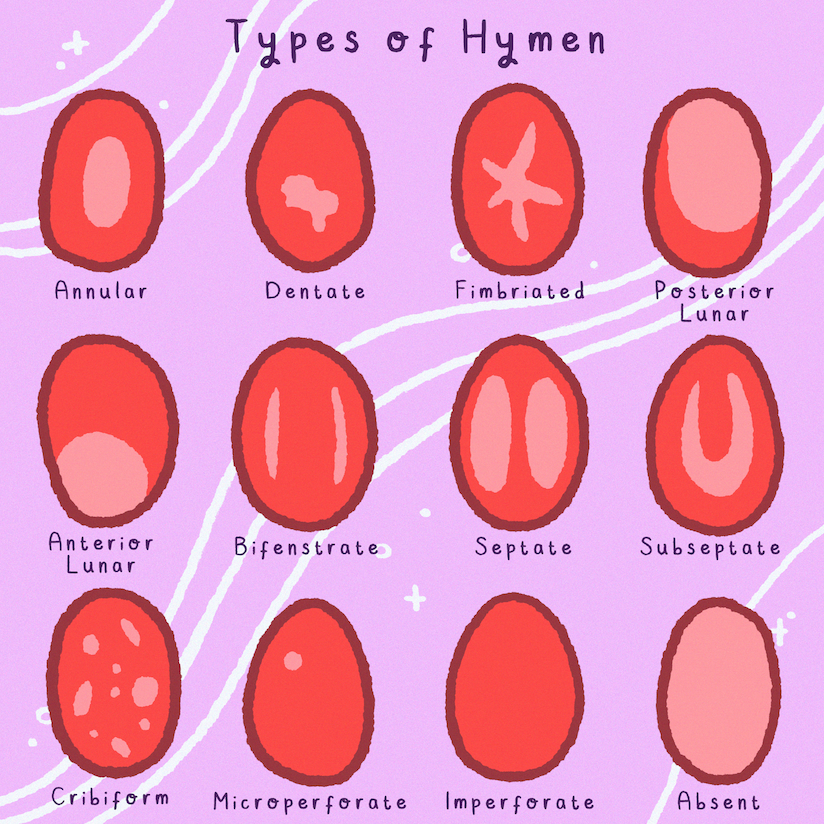
How did Everybody’s Invited come about?
I settled on the idea for my FMP to create a selection of educational resources for learning about RSHE, aimed at secondary school students and young adults. I designed posters and leaflets, stickers and diagrams, as well as an Instagram account. This gave me an online space to host my own illustrated infographics and sex-ed content with a focus on topics that were often left out of school teachings. It was important to me that the illustrations I made for this project were inclusive, positive and comprehensive, as I felt these were aspects my – and many others’ – school sex-ed lacked.
How do you feel illustration can help?
In the context of sex education, students are exposed to many unfamiliar topics. I’ve found there are three key ways illustration can help provide a lot of additional context and accessibility to foreign concepts:
Firstly, tackling taboos! Some topics can be quite graphic or explicit and might be off-putting or awkward to younger audiences/students. Illustration can help make those topics more digestible. For example, using visual metaphors to explain normal and abnormal discharge; the content is still explained but the visuals don’t have that ‘shock-value’ that a photograph might have.

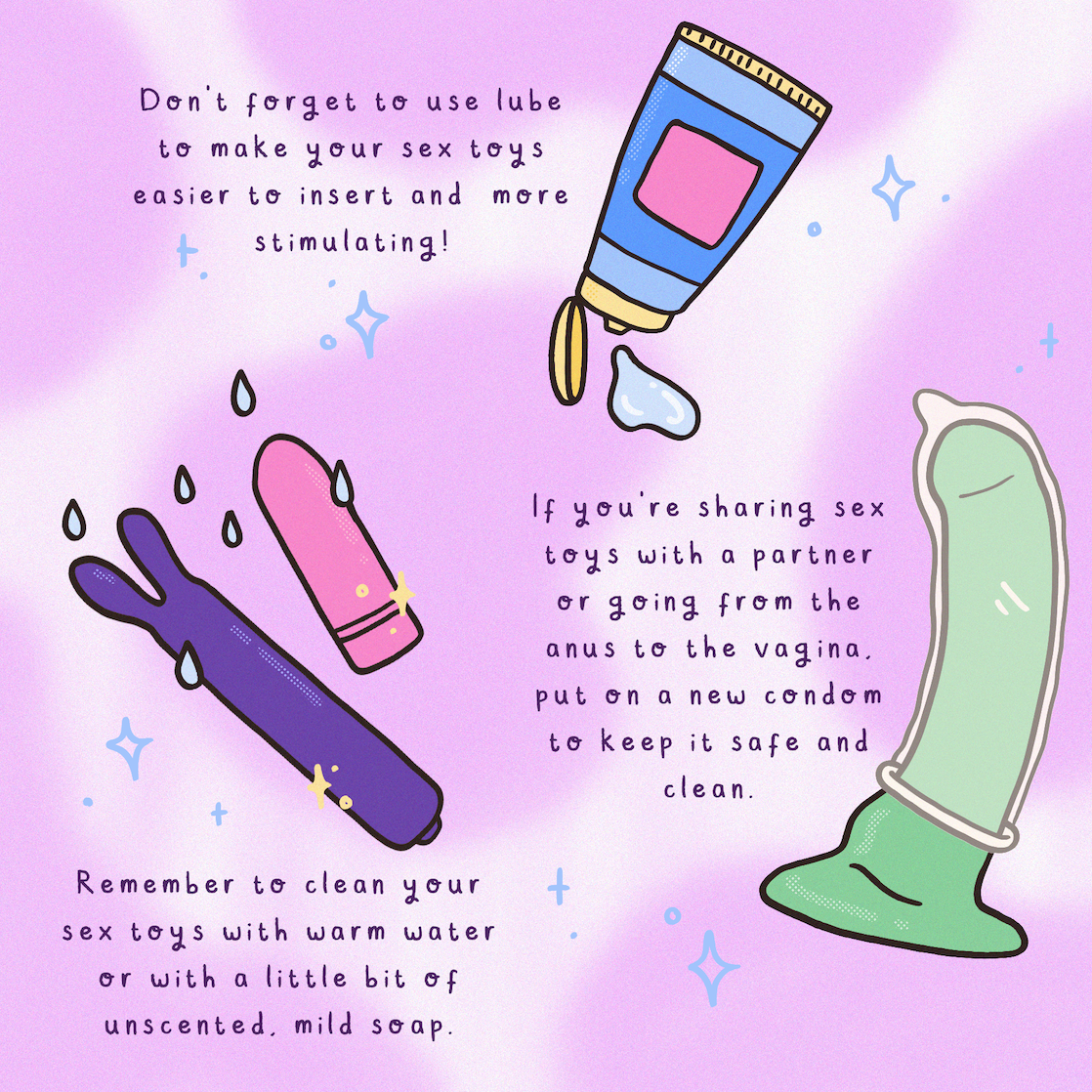
Secondly, using diverse and inclusive imagery. Research studies have found a lot of students are dissatisfied with the lack of representation in RSHE, and when students don’t feel represented or included in the content, they’re more likely to disengage from learning. So it’s vital that I make my resources inclusive so they resonate with more people. I make sure I am drawing different body types, races, genders, couples and relationships, disabilities etc and writing with an intersectional outlook, such as using trans-inclusive language, or not presuming a heteronormative narrative when discussing sex and relationships. Everybody should feel included and have access to good RSHE resources.
Third, where you apply your illustration. There are a number of ways in which illustration can be used, whether it’s printed resources like posters and leaflets; online resources and infographics; stickers and merchandise to raise awareness for something, animated videos and comics or slides and diagrams for teaching packs. Having information available in a variety of outcomes means there’s more ways for students to engage and access information. It also makes it more fun, for myself as a creator. Keeping the design process interesting by trying new things has helped motivate me to continue working on this project.
When students don’t feel represented or included in the content, they’re more likely to disengage from learning. So it’s vital that I make my resources inclusive so they resonate with more people.
Phoebe Holden
Why did you choose to use Instagram?
There were many benefits to starting the Instagram account. Mainly, it’s free and accessible to anyone (and that’s what sex-ed resources should be). It also made sense for the time at which the project began, in 2021, due to COVID, lockdowns were in place and lots of students were still having online classes so it didn’t make sense to pour all my efforts into making printed resources to be used in schools, as students weren’t in school. So having resources that were also online and easily accessible made sense.
I then found using Instagram also had many other benefits. There is an immediacy and freedom in creating infographics to post on social media compared to educational publishing, which meant I could test out different ideas on a whim, respond to topical events and get analytics on how people responded to my work. The social aspect of Instagram also makes it a great place to connect and network with other sex-ed creators, organisations and charities – it’s a very positive and supportive community!
I also started a Tumblr account for Everybody’s Invited to expand the community and to make my resources more accessible, as Tumblr allows you to add detailed image descriptions to posts.
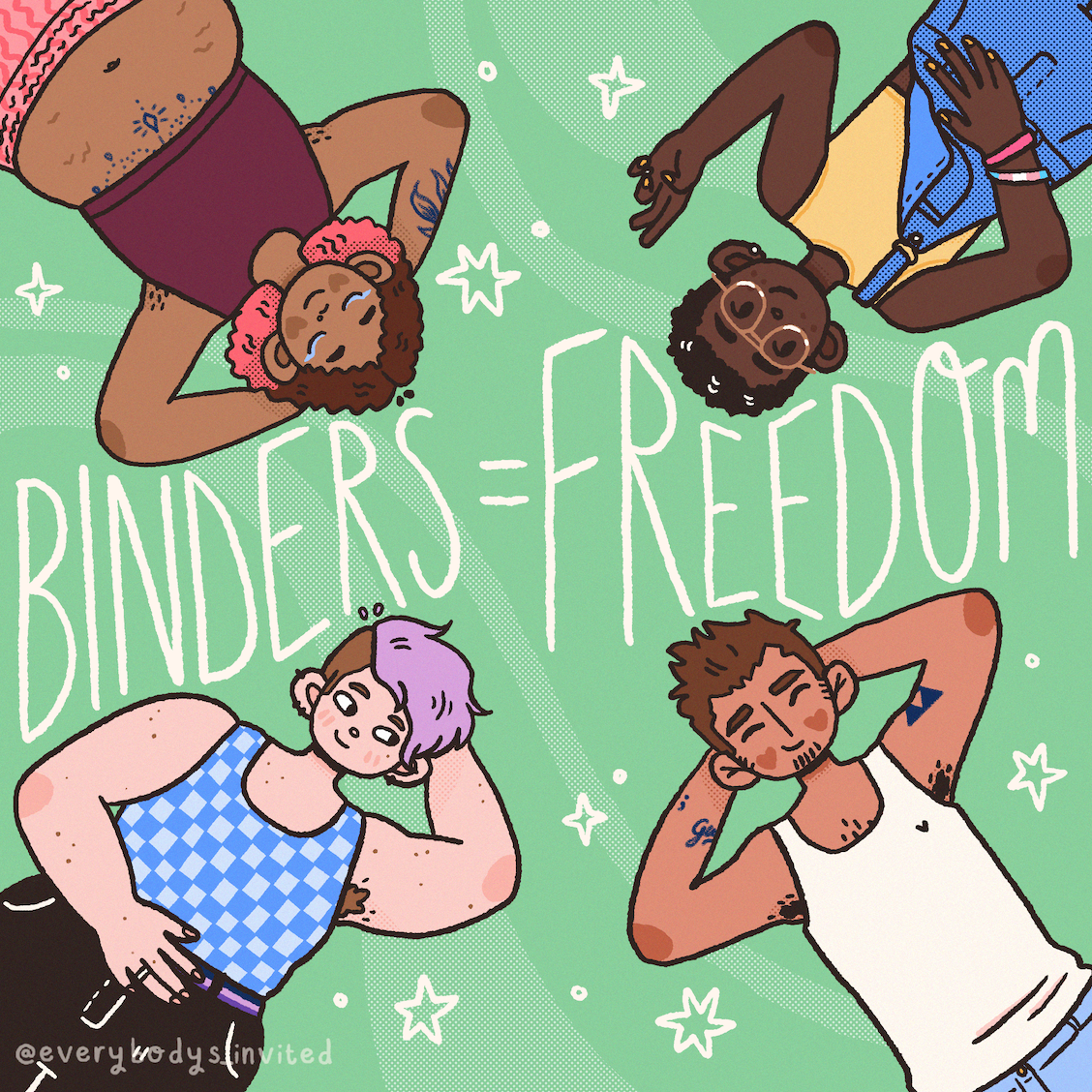
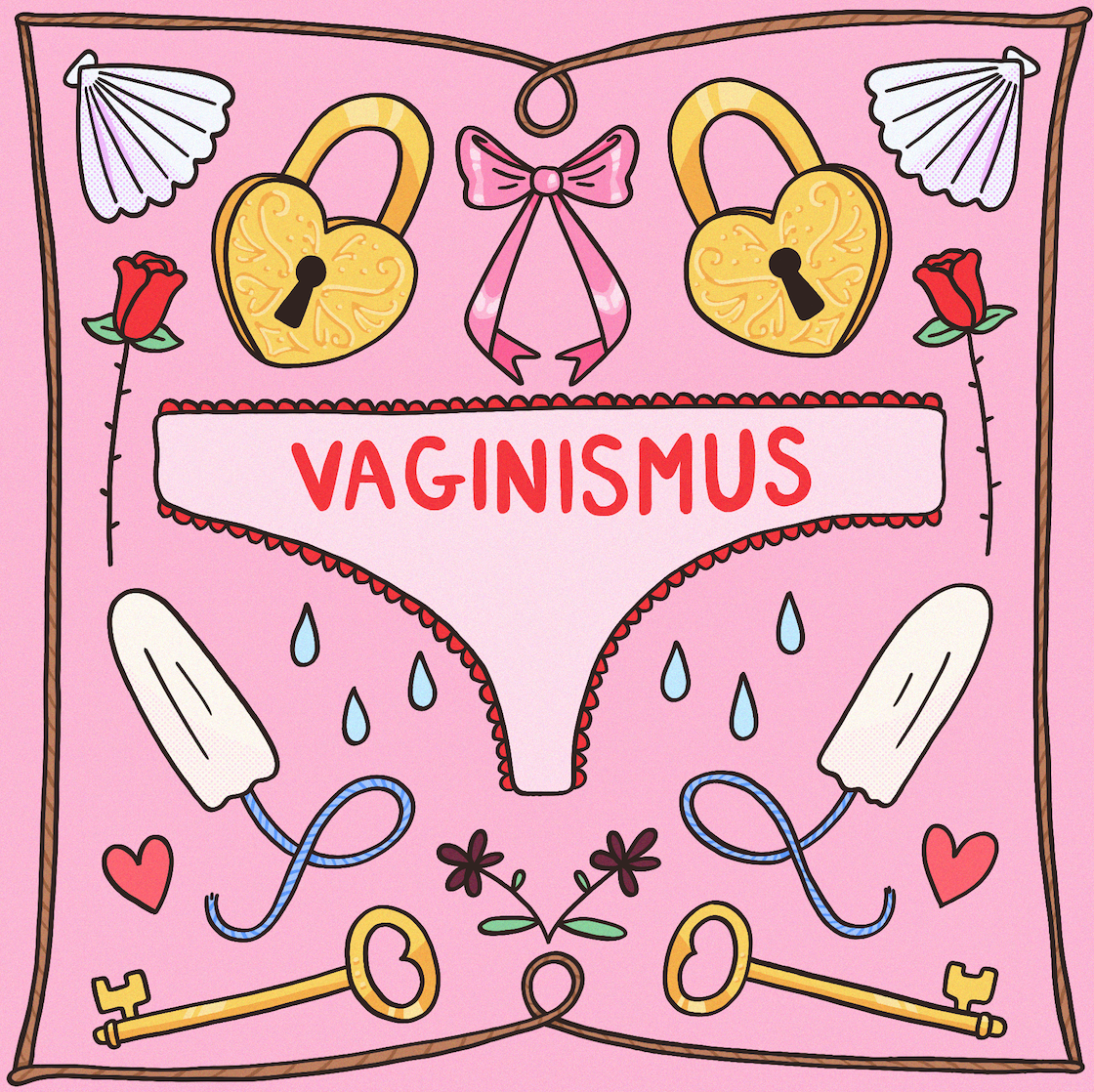
Why have you kept Everybody’s Invited going after university?
There is so much content RSHE covers and it’s an ever-growing and changing landscape, so there was no way I’d feasibly be able to cover it all as part of a study project. So, I kept researching, drawing and uploading to Instagram after graduating. Three years later, I still absolutely love creating for @everybodys_invited as an ongoing personal project. The fact I enjoy making the content motivates me. It’s also a space to practise my illustration style, graphic design, social media skills and build up a portfolio of work. I’m forever grateful when I receive positive feedback and paid opportunities through this project as it pushes me to continue this work.
Can you give a few examples of these opportunities?
I’ve worked with a couple of RSHE, health and social change-based charities and organisations creating infographics and illustrations for them. Last year I was a guest speaker at the Pint of Science lectures in Manchester; I spoke on the That’s Science Podcast (episode 15) discussing art, science and sex, and in November I gave an online talk for the AOI about my project work. Getting to share my work and the ethos behind it has been exciting for me and pushed me to do things outside my comfort zone – as well as leading to wonderful networking connections. I’m keen to do more!
There is an immediacy and freedom in creating infographics to post on social media compared to educational publishing, which meant I could test out different ideas on a whim, respond to topical events and get analytics on how people responded to my work.
Phoebe Holdem
Is there a growing community of artists in this sector? Anyone in particular that inspires you?
Yes! I found most of them through Instagram – it’s a great community to be involved in and a very inspiring place. I’d say it’s still quite niche but the resources being made by creators, charities, organisations and medical professionals are fantastic, and a great source for when conducting my own learning. I’ve collaborated with Split Banana and Our Streets Now, on learning resources and social media content; combining their expertise and knowledge with my creative skills. It’s been great to have these opportunities and a glimpse into the kind of briefs and projects I would love to expand into.
Some illustrators I really love are: @artistnamednobody, @beeillustrates and @liberaljane for their colourful and cool activism artwork, as well as @jisoupy and @001tea for their comics. I think they handle personal and emotional topics really beautifully.
How do you tackle drawing taboo or graphic imagery and topics?
I keep in mind that these illustrations are for teaching purposes so even if there’s nudity, sex toys or body fluids, it’s not with the intent to pleasure, like pornography, it is there to educate. I believe having an understanding of tone really helps when planning your drawing – asking yourself, “is this a serious topic?” – like a health concern. Or is there room for levity? – like discussing relationship green flags. When you understand the tone of the subject matter and that it’s okay to have a giggle sometimes and cultivate a positive learning environment; I think that’s how you connect with a younger demographic. Teenagers will probably always find learning about STIs and bodily functions uncomfortable (I know I did!), so I aim to alleviate that embarrassment and still convey the information, without putting the audience off.
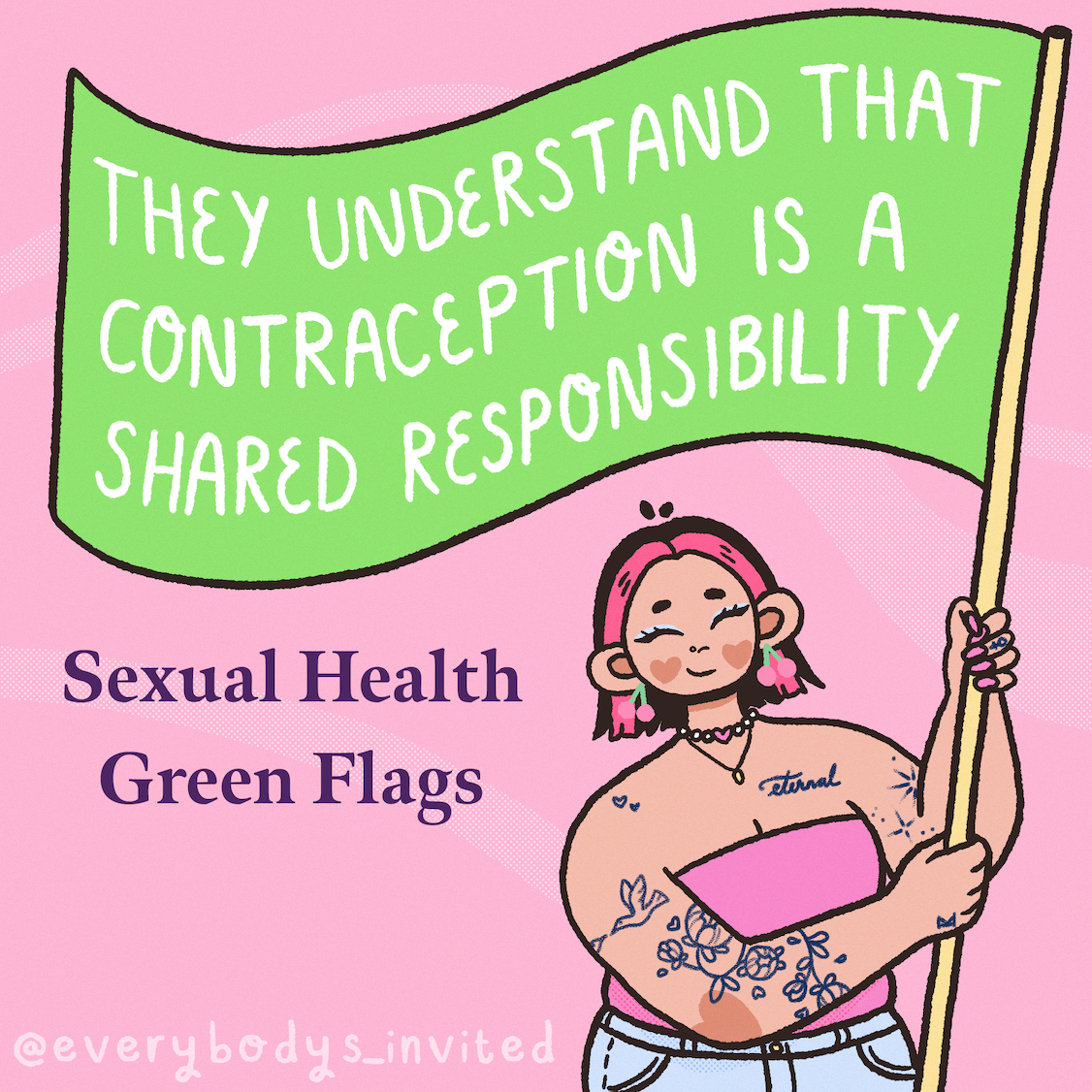
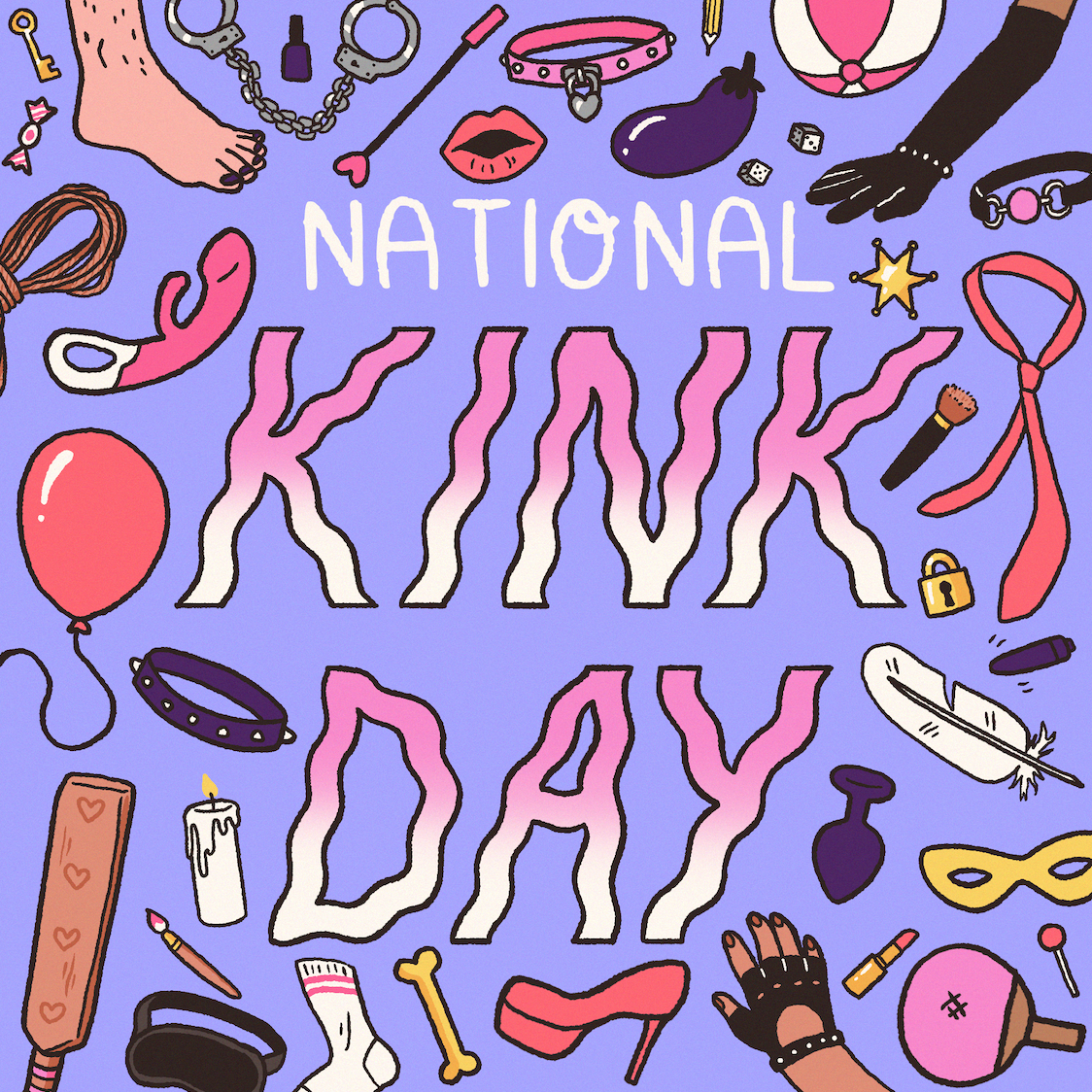
What are some of the further challenges of running this project?
There are a number of challenges the RSHE community and myself face, predominantly lack of funding, the spread of misinformation, online censorship issues and no mandatory teacher training etc. I think this largely comes down to sex education falling into areas that lack government support and funding: the arts, healthcare and teaching, but that’s a whole other conversation.
For this project, I think I struggle with consistency, as I tend to work on this project in my free time. I would love to incorporate further learning into my creative career to gain more experience, confidence and knowledge. I could achieve this with additional studies or formal training in RSHE, but this requires funding.
What would you like for the future of Everybody’s Invited?
A great question! There are lots of things I want to do and ideas I have floating around in my head for Everybody’s Invited. My main two goals are to work on more illustration commissions related to this field of information, whether that’s collaborating with charities and organisations on producing resources or working directly with education authorities on teaching resources. Secondly, I’d like to launch a platform where people (like teachers, parents or pastoral workers) can download resources I have illustrated for teaching sex education.
Thank you Phoebe for taking the time to answer these questions, and to BREW for organising this interview!
Follow @everybodys_invited on Instagram and @everbodysinvited on Tumblr for image accessibility. Get in touch with Phoebe directly at [email protected]. See the rest of their illustration portfolio here.
Find more AOI Events and Meet Ups here.
Back to News Page
